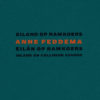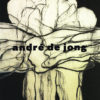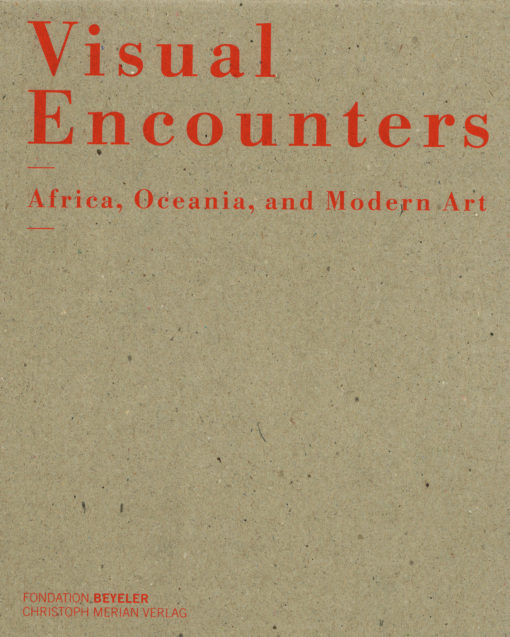‘Visual Encounters’ is full with colour illustrations throughout, in cardboard folder box. The catalogue to a major exhibition at the Fondation Beyeler. With contributions by Raymond Ammann, Michaela Appel, Jean Paul Barbier-Mueller, Adriaan and Huib Blom, Marc Coulibaly, Antje Denner, Stefan Eisenhofer, Till Forster, Bernhard Gardi, Bernard de Grunne, Ingrid Heermann, Anita Herle, Christian Kaufmann, Ulrich Menter, Catherine and Michel Orliac, Christine Stelzig, Hilke Thode-Arora, Alexandra Wessel and Oliver Wick.
Gerelateerde producten
kunst
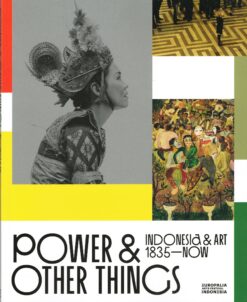
Power & Other Things
The project takes its name from the demand for the transfer of power and other things to the newly independent Indonesia in 1945. It travels through time, from European colonial occupation through the development of the republican state to the trans-national contemporary cultures of today. It looks at the various international exchanges that happened in the territories of contemporary Indonesia, through the images and ideas of artists. These exchanges were of different kinds: trade, culture, religion, ideology and war. They produced a variety of results: violence, oppression, racism, creativity, spiritual awakening, and other things. The ideologies and challenges of modernity are common ways in which Indonesia has been depicted by others and has defined itself over the period. As this modern period recedes into history, the project will seek ways to remember how it has influenced contemporary understanding and ask the current generation of artists to look back in order to rewrite the past and potentially create the conditions for a different future. The catalogue and the exhibition will follow a broad chronological narrative, allowing readers and visitors to learn more about how this huge archipelago has changed over the past two centuries and to observe how it has responded and adapted to influences originating from both inside and outside the islands. The influence of the imperial Dutch and Japanese occupations naturally form a significant element in the narrative of the exhibition as does the constant struggle for different forms of independence or equal treatment by the Javanese and other Indonesian cultures. The importance of Chinese and Arab influence on Indonesia's cultural history will also feature as the exhibition tries to look for alternative ways, alongside the post-colonial, for understanding the present. The presentations will include work made during the residencies as well as new commissions. Snoeckpap - 127 blz
kunst
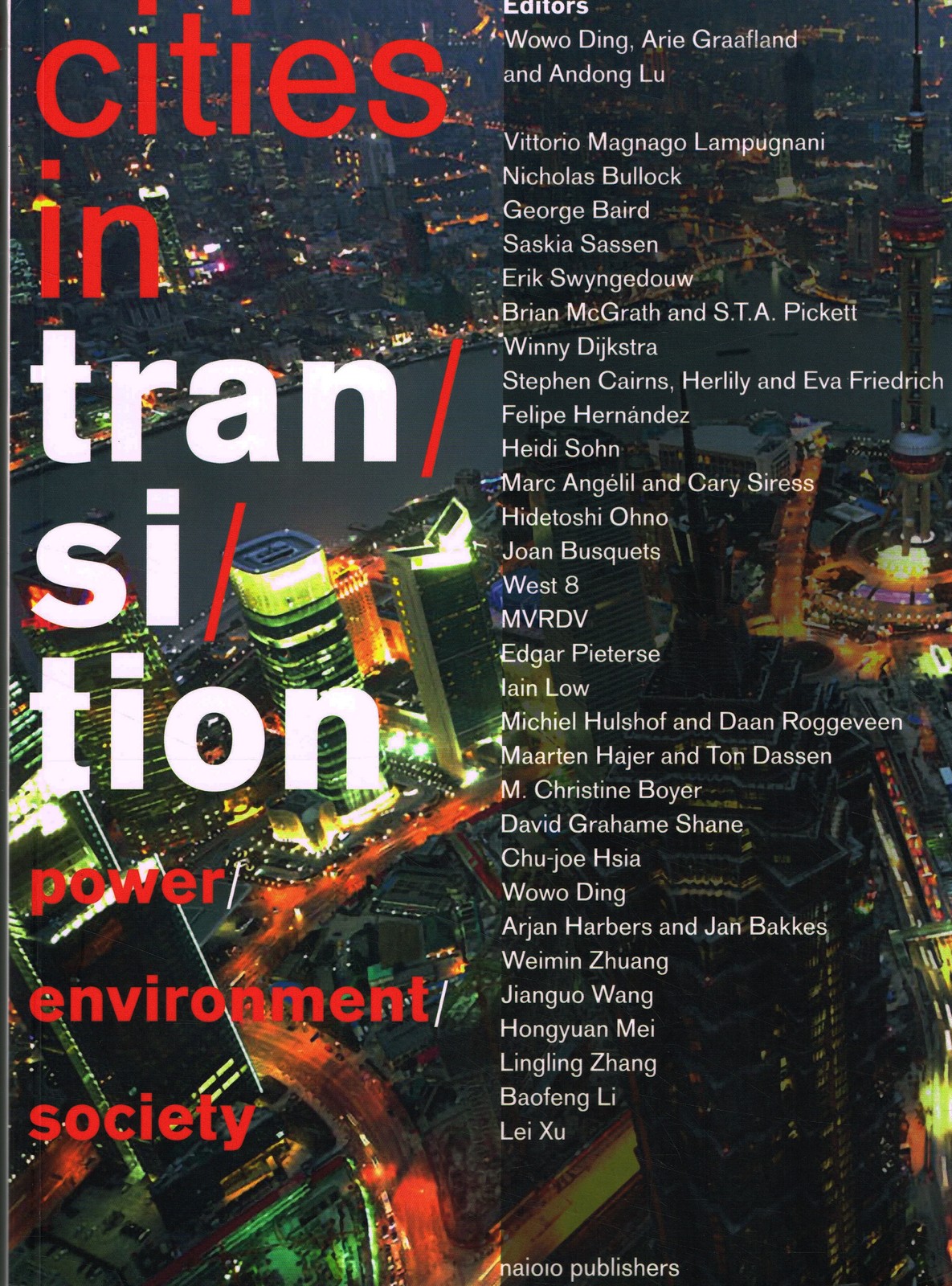
Wowo Ding
Cities in Transition
For English see below- Op dit moment leeft de helft van de wereldbevolking in steden. Binnen twee decennia zal dit oplopen tot 60 procent. Extreme rijkdom en extreme armoede komen naast elkaar voor, maar steden blijven magneten die mensenmassa's aantrekken. Steden bieden voor velen de mogelijkheid voor werk en inkomen, scholing, en betere voorzieningen. In een achttal thema's geeft het boek een intrigerend beeld van deze ontwikkelingen en schetst het een mondiaal toekomstperspectief. 'Cities in transition' onderzoekt de recente urbane en politiek-economische ontwikkelingen in Noord-Amerika, Zuid-Amerika, Europa, Zuid-Afrika en China. Met bijdragen van dertig deskundigen in het vakgebied, onder wie Saskia Sassen, Fulong Wu, M. Christine Boyer, Vittorio Lampugnani, Eric Swyngedouw, Marc Angélil, Joan Busquets, David Grahame Shane, George Baird, en vele anderen. Het boek sluit af met de stedelijke ontwikkelingen in China, waarbij tevens de urgentie van goed onderwijs en onderzoek wordt geformuleerd door een tiental decanen van invloedrijke Chinese universiteiten. - Currently, half of the world's population lives in cities. Within two decades this will rise to 60 percent. Extreme wealth and extreme poverty coexist, but cities remain magnets that attract crowds. For many, cities offer the opportunity for work and income, education, and better facilities. In eight themes, 'Cities in transition' provides an intriguing picture of these developments and outlines a global future perspective 'Cities in transition' examines recent urban and political-economic developments in North America, South America, Europe, South Africa and China. With contributions from thirty experts in the field, including Saskia Sassen, Fulong Wu, M. Christine Boyer, Vittorio Lampugnani, Eric Swyngedouw, Marc Angélil, Joan Busquets, David Grahame Shane, George Baird, and many others. 'Cities in transition' concludes with urban developments in China, where the urgency of good education and research is also formulated by ten deans of influential Chinese universities. nai010pap - 496 blz
kunst
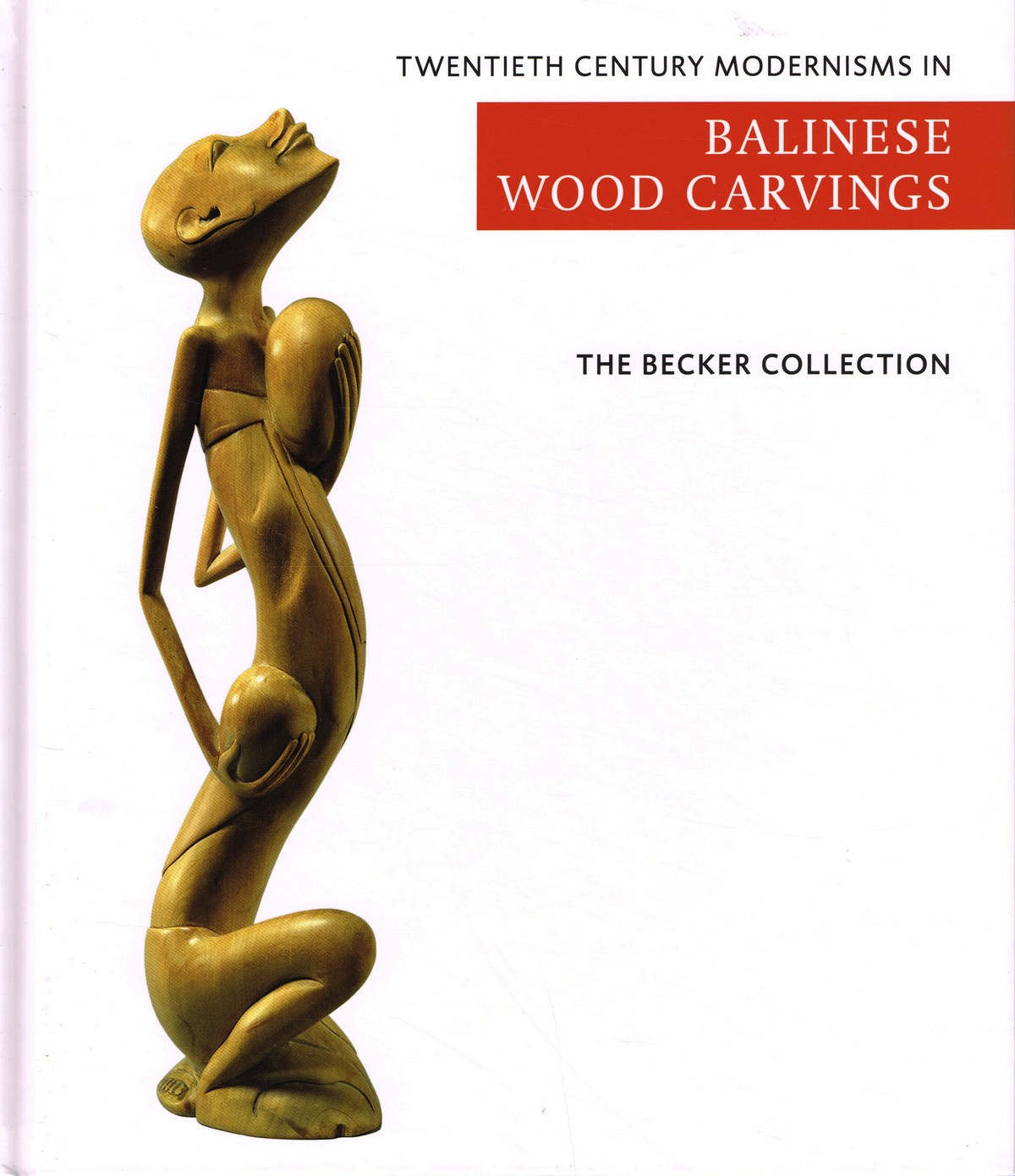
Ton & Mies Becker
Twentieth Century Modernisms in Balinese Wood Carvings
'The Becker Collection - Twentieth century modernisms in Balinese wood carving' contains the private collection of twentieth century ?modern style? Balinese wood carvings, collected by Ton and Mies Becker, both retired medical specialists and collectors of Asian art. Between the 8th and 10th century Hindu influences spread to Bali and blended into the exiting Balinese mix of animistic and Buddhist styles and subjects, known as Bali Aga. Hence, in due time the craftsmen obtained the subjects for their works from the Hindu-Balinese religion and their heroes and demons from famous Hindu epics. This particular style became known in the Western art world as the ?Traditional or Old Balinese style?. In the 20th century the arts and crafts scene in Bali changed completely. First because of Western artist who visited Bali and stayed on to work there and, second, because of the gradual influx of increasing numbers of foreign tourists. In addition the Dutch colonial government started a military campaign to control the powerful kingdoms of central and southern Bali. As a result the local craftsmen lost their royal support and soon realized that foreign tourists were not particularly interested in gods and heroes. Hence, stimulated by some of the Western artists who had settled in Bali, they turned to secular subjects taken from nature and everyday life and became more impressionistic in the execution. This led to a range of new styles, often impressionistic and sometimes even minimalistic and caricatural with bizarre elongated shapes or solid compact forms. In this book we are concerned with this particular type of 20th century ?Modern Style? Balinese wood carving. The catalogue contains 40 objects of ?modern style? wood carving, representing different styles. Each object is photographed, both as an overview and in details if so requested. A brief description of each object is provided, together with the estimated date, and additional information is provided if considered useful. The catalogue is preceded by an essay on the history of Balinese wood carving. Van Spijkgeb - 144 blz
kunst
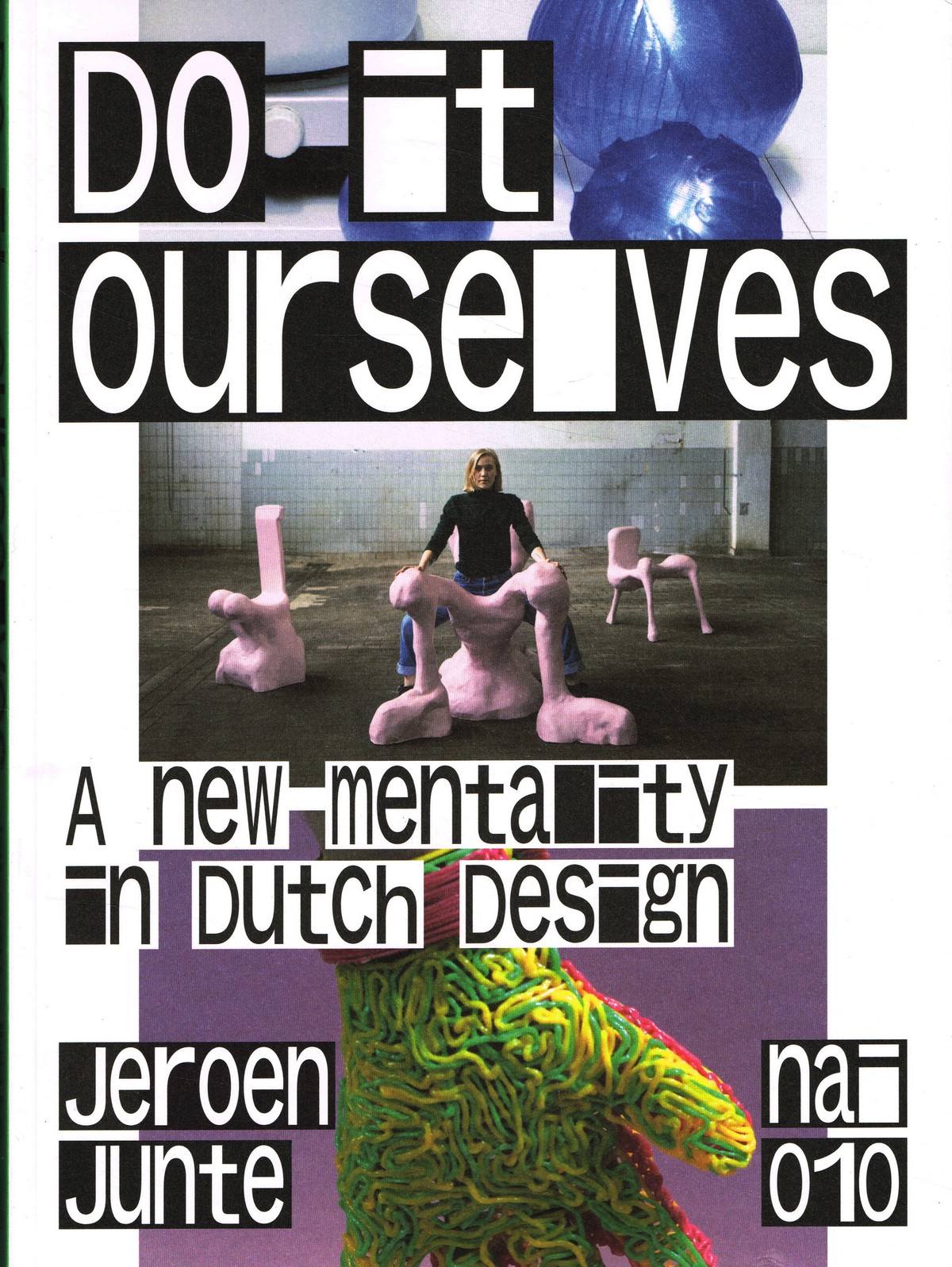
Jeroen Junte
Do It Ourselves
For English see below Nederlandse ontwerpers hebben de afgelopen jaren een scherpe koerswijziging doorgemaakt. De nieuwe lichting ontwerpers kiest nieuwe waarden en uitgangspunten en streeft door onderzoek en samenwerking naar maatschappelijke relevantie en impact. Deze 'post-crisisgeneratie' is bevlogen, optimistisch, maar ook pragmatisch met oog voor schoonheid. Humor en het concept als bijna obligate instrumenten zijn verruild voor engagement en vrij onderzoek. Ironie en beschouwende kritiek hebben plaatsgemaakt voor onbevangenheid en dadendrang. Ambacht en lokale productie worden onderzocht als een realistisch alternatief voor vastgelopen systemen. Naast kunst en design worden ook wetenschap, technologie, sociale studies en politiek gezien als speelvelden voor ontwerpers. Kortom, de nieuwste generatie ontwerpers zoekt naar een inhoudelijke verdieping van het vak en streeft naar een positieve bijdrage aan maatschappelijke vraagstukken. Designjournalist en?criticus Jeroen Junte beschrijft voor het eerst deze nieuwe fase in de ontwikkeling van het alom geprezen Dutch Design en voert de lezer langs 199 verrassende, innovatieve en verbazingwekkende projecten en producten. - English - In recent years, Dutch Design has sharply diverged from its previous course. A generation of designers trained in and shaped by the crisis years chose new values and starting points. The focus is now on inquisitive and collaborative makers who strive for social relevance and, if possible, impact. This 'post-crisis generation' is committed and optimistic, but also pragmatic and in possession of an eye for beauty. Humour and the almost inescapable concept have been exchanged for engagement and free research and irony and contemplative criticism for open-mindedness and the will to act. Craftsmanship and local production are examined as realistic alternatives to deadlocked systems of production and distribution. In addition to art and design, science, technology, social studies and politics are also seen as design arenas. In short, the latest generation of designers is looking to substantiate the content of the profession and make positive contributions to social issues. Well-known design writer Jeroen Junte is the first to describe this new stage in the development of the widely acclaimed Dutch Design, by way of 199 surprising, innovative, astonishing projects and products. Engelstalig boek nai010pap - 275 blz
